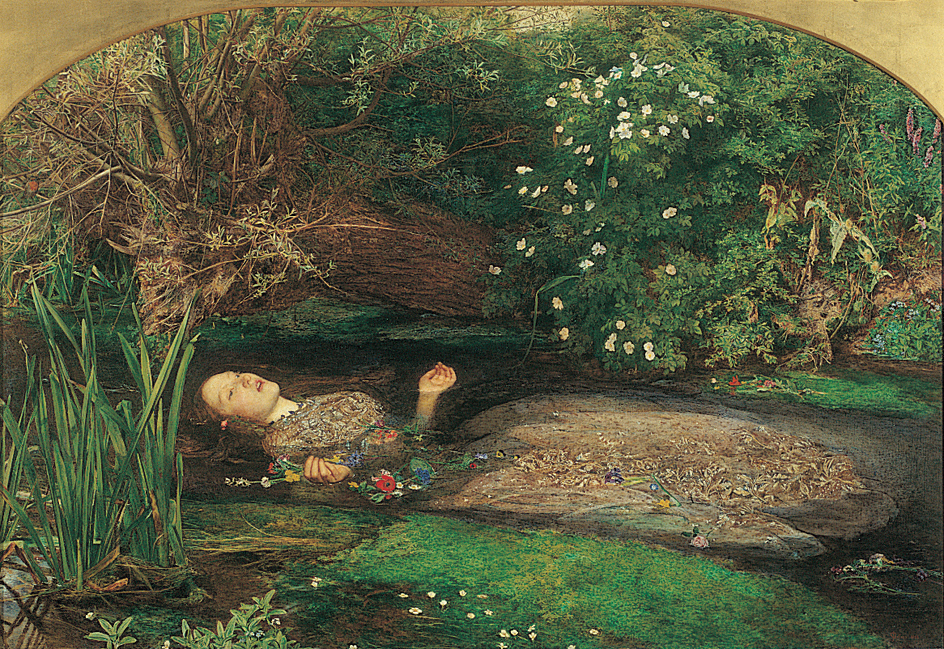Pre-Raphaelite Brotherhood, << pree RAF ee uh lyt, >> was a group of seven young English artists and writers who wanted to reform England’s art. They chose the name in 1848. They called themselves Pre-Raphaelites because they admired the simple, informal style of Italian painting before the work of Raphael in the early 1500’s. In 1850, the group published a magazine, The Germ, to illustrate and spread their doctrines.
The leading Pre-Raphaelites were William Holman Hunt, Sir John Everett Millais, and Dante Gabriel Rossetti. They were resolved to paint according to nature, not according to rules. This led them to use striking color and minute, abundant detail. The paintings and poems of the group are often heavily symbolic. Many are set in the distant past, and a number of them have religious and literary themes. English critics ridiculed the Pre-Raphaelites at first. The group gained acceptance after receiving the support of English art critic John Ruskin. The group broke up in 1854.

